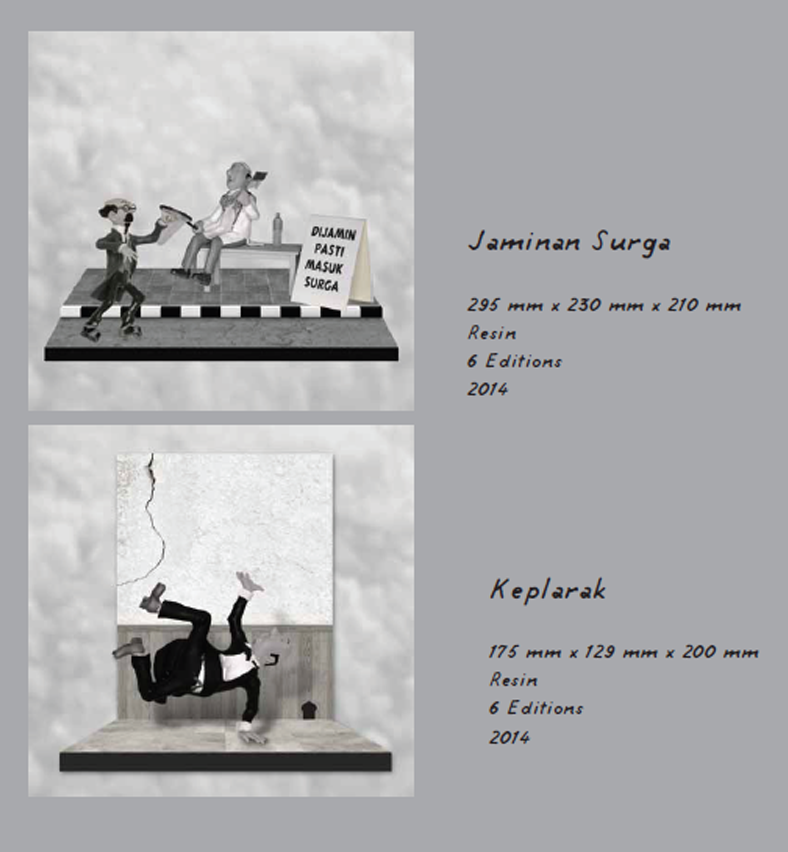Both a descriptive term and an evaluative concept, art refers to artefacts, process. Skills and effects entailed in the production of visual representations within a wide variety of media and materials. The latter category – effects’ – interestiingly includes the critical label ‘arty’, suggesting a too – obvious playing with, or showy use, of artistic means (as in ‘special effects’). With a highly complicated historical and contemporary relationship to many other terms used in art history – that composite term itself, along with, for exampledesign, craft, artisan, labour, theory and science – art remains one of the most problematic and confusing, yet indispensable terms in cultural history and analysis. It’s complexity and significance is partly a result of its centrality within both the development of visual-representational practices and cultural theory since the ranaissance. For example, the evolution of the idea and self-presentation of the artist as a special kind of creative producer (individual genius) is a key aspect to the history of the concept of art.
Art, by the fifteenth century in Europe, has started to become a specialised name for an increasingly limited number of practices and artefacts – certainly not at the stage, howefer, limited only to painting and sculpture – selected and regarded as ‘liberal’ in their nature. This designation (e.g. : in London Baptista Alberti’s Della Pittura [On Painting] (1435)) was used to indicate that theoritical understanding preceded and duided the practice of the activity, in accordance with established, though evolving, rules and precepts. The ‘liberal arts’, them, were separated from, and elevated in status above, other activities seen as essentially practical – such as stone – masonry or stained-glass work –which later became artists such as Leonardo da Vinci, Raphael, or Michaelangelo, but ratherof (certainly skilled) artisans or craftspeople whose individual names and lives were not regarded as crucial in accounts of the value of their work.
In contemporary historical, critical and popular usage, art retains a wide range of overlaping and sometimes contradictionary meanings and values. For instance, it is still used generally to designate a plurality of cultural activities and products: the arts – with an addictional ‘s’ that is – generally refers to, for example, painting, dance, literature, music, architecture, and cinema. Note, however, that although this list seems inclusive, in actual critical and hitorical accounts radical analysisover many decades now, creating categorical divisions and enterenched posisition. While conventionally agreed art objects, such as paintings and ‘fine art’ prints, have in all cases been designed (that is, planed and executed according to rules and compositional conventions), the category of design in the twentieth century has become established partly in contrast to art. Printed advertisements and product packaging, for example, are not accorded art status, although these two forms and sets of artefacts are clearly visual, fabricated from printed media materials, and have, in some cases, very sophisticated compotition and stylistic histories. And while some artefacts are awarded high status as design objects (sometimes with ‘designer’ or even ‘clasic design’ status: e.g. haute couture dresses by Christian Lacroix and Charles Eames’s moulded plywood chair from 1948) rather than craft items – often, but not always, due to their mass production and reproducible character – they exemplify the way art as a term, like design, may be used in one sense in an apparently neutral classificatory sense and then in clearly evaluative sense in orther specifically to select or reject, and to judge the value and meaning of certain objects.
Source: Harris, Jonathan. Art History, The Key Concepts (Routledge Taylor&Francis Group: 2006)












